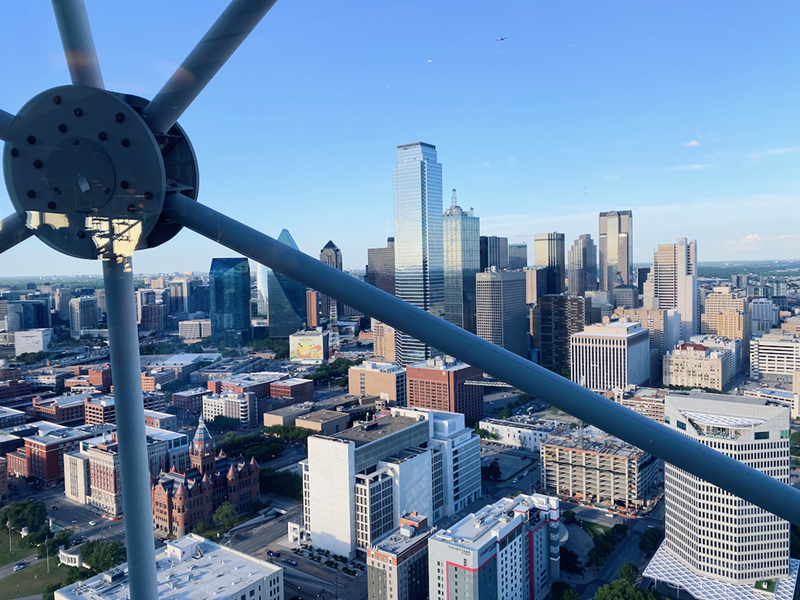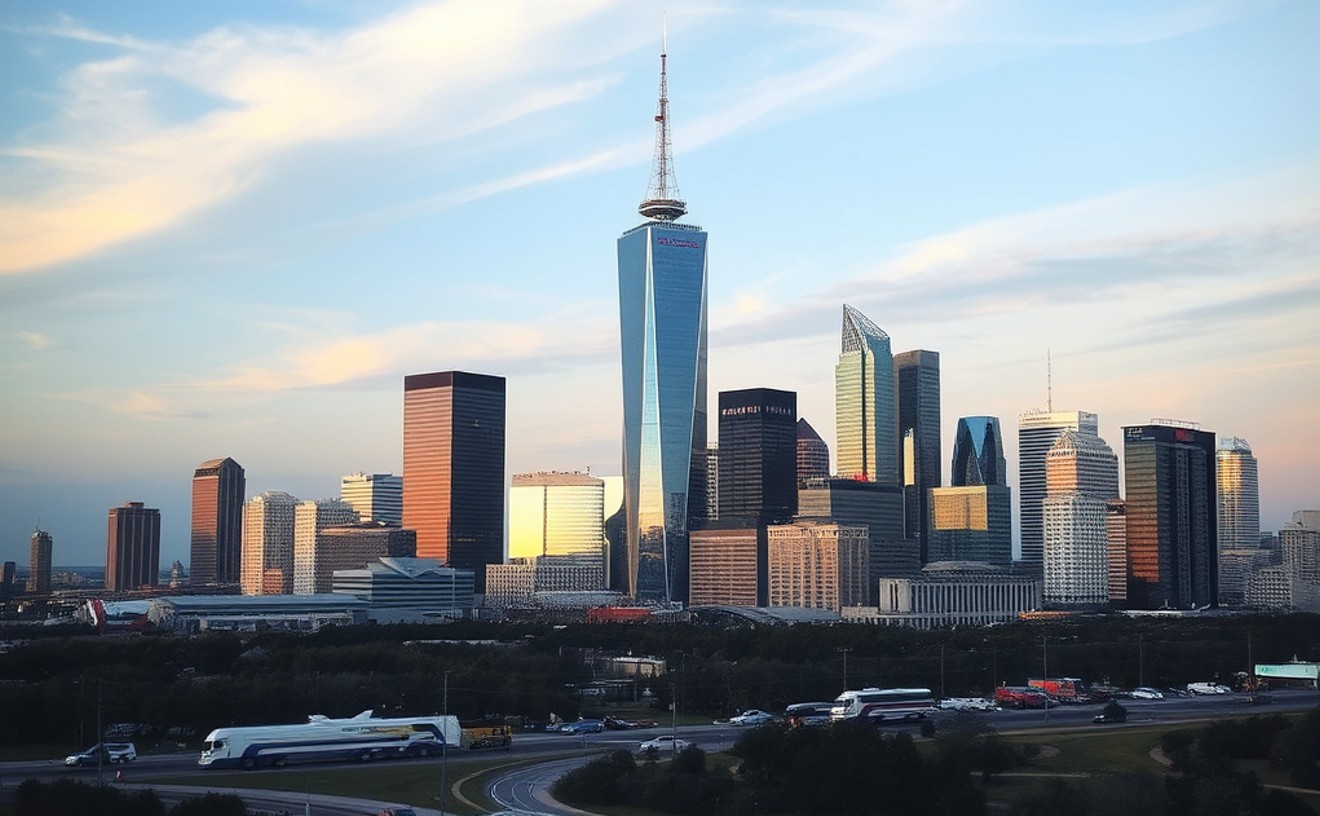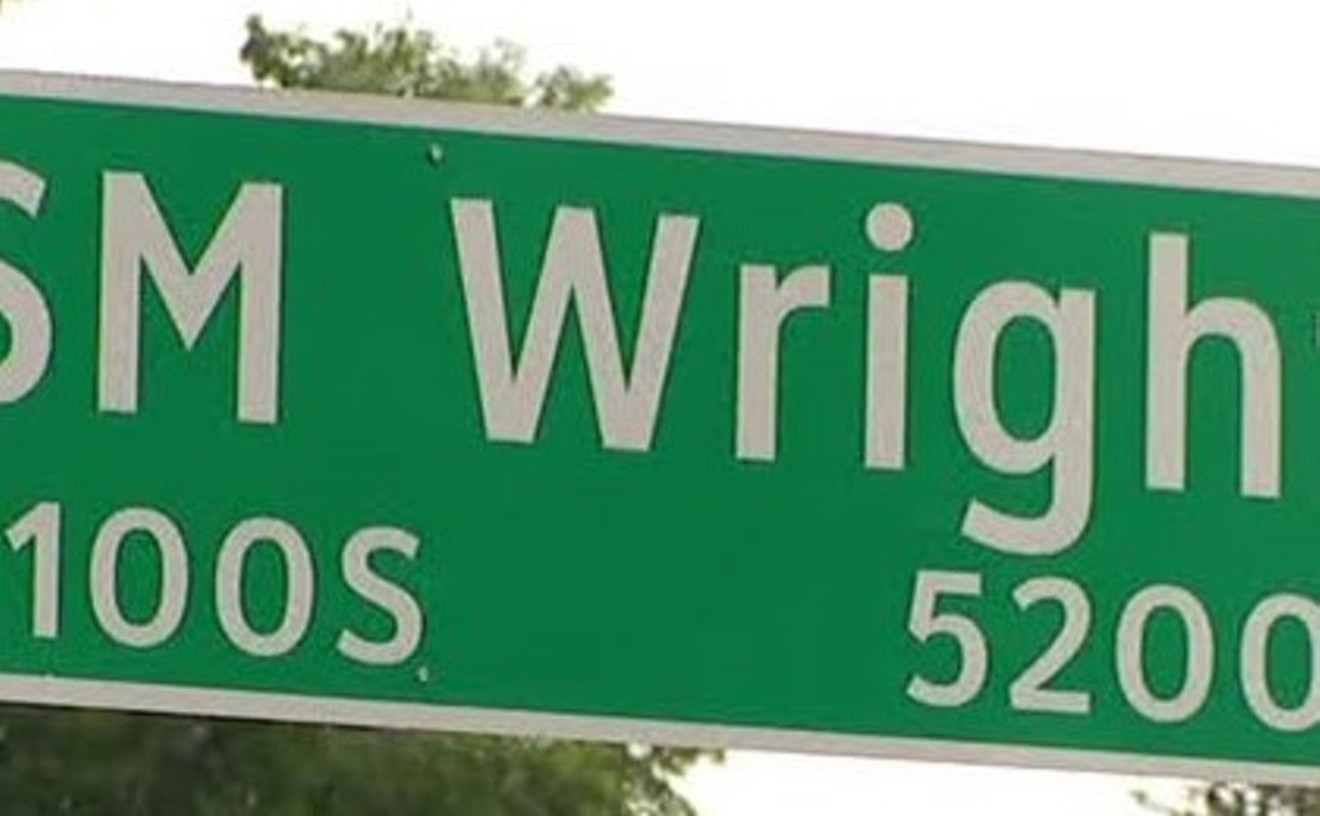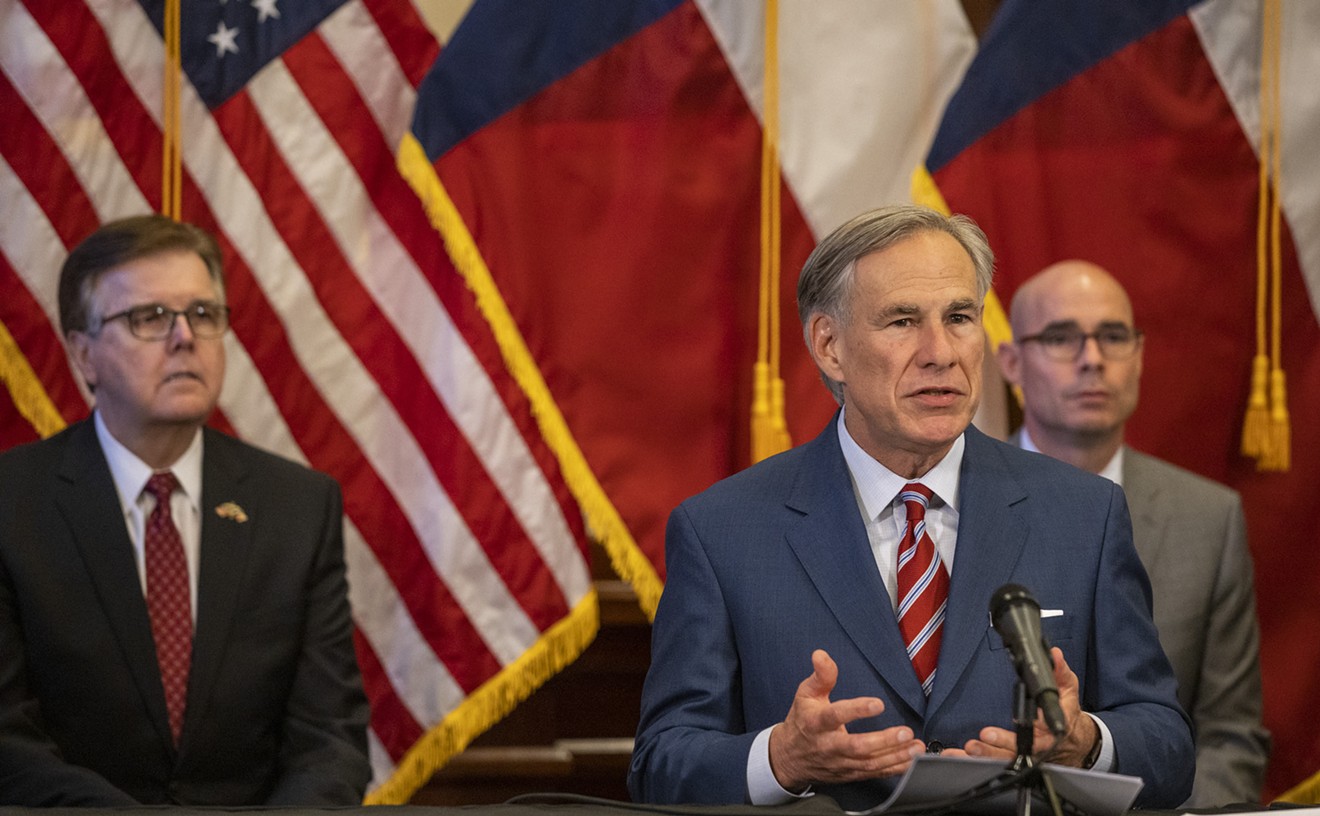This target was first announced by the president and CEO of the local organization Housing Forward during this year’s State of Homelessness address. Housing Forward is the lead agency in the local homeless response system. The 2026 objective was established with Interim City Manager Kimberly Bizor Tolbert and the All Neighbors Coalition, a group of local organizations aiming to take on homelessness, and was put into the 2024–25 proposed budget.
Specifically, Dallas intends to take the 2021 numbers from the annual census of the local homeless population (called a point-in-time count) and reduce the number of unsheltered homeless people by 50% in two years. This year’s point-in-time count found a total of 3,718 homeless individuals in Dallas and Collin counties, marking a 19% reduction in overall homelessness from the 2021 figures, and a 24% reduction in unsheltered homelessness. There were 1,086 unsheltered homeless people in Dallas and Collin counties in 2024, according to the point-in-time count.
“That’s great progress, but not everyone is feeling that progress,” Sarah Kahn, president and CEO of Housing Forward, said. She believes there are still too many people sleeping outside on the streets and that it’s unacceptable.
Asked if the city's goal goal is too ambitious, Kahn responded, “We have proven since 2021 that we have the recipe for making progress on reducing homelessness.” She said all they need to do is stay the course. “What it’s going to take is continuing our pace,” Kahn added.“That’s great progress, but not everyone is feeling that progress." – Sarah Kahn, Housing Forward
tweet this
To meet this 2026 objective, Dallas will continue its partnerships with R.E.A.L. Time Rehousing. This program is meant to provide homeless individuals with rapid rehousing and/or permanent supportive housing subsidies with case management. The people in the program are also supposed to get connected to whatever other services they might need to provide sustainable, long-term housing. Housing Forward is participating in a $30 million public-private partnership to help meet this mark.
The proposed budget calls for an investment of $1.4 million in street outreach workers partnered with Housing Forward to help cut unsheltered homelessness in half by 2026. These workers are meant to connect homeless individuals with the programs and services they need, like the R.E.A.L. Time Rehousing program. Street to Home is a new initiative that’s part of the rehousing program, which makes long-term housing a priority for chronically unsheltered homeless people.
If you ask City Council member Chad West, a member of Dallas’ Housing and Homelessness Solutions Committee, it’s very likely local unsheltered homelessness will be cut in half in two years because Housing Forward is leading the charge.
“Their data-proven techniques have actually not only reversed the trend, but have shown a significant increase in the amount of people over time that are able to be housed and stay housed,” West said. “So, my belief is that the track record of the organization and all 150 partners that they work with has shown success so far, and that if they have strategically put together a plan and set a goal, I believe they can get there.”
Some may question what the city is setting out to do because of how much homelessness they see on the streets. But the success is in the data, according to West. A handful of other measures in the budget are also meant to reduce homelessness.
On top of the 2026 goal, the city is enacting a $3 fee to be added to Dallas’ residential and non-residential utility accounts. This will be called an environmental cleanup fee. It will help pay for homeless encampment cleanups, as well as the removal of illegal dumping and litter on public rights-of-way. This fee is expected to generate some $10.5 million in revenue.
The budget will also increase funding for the Homeless Action Response Team (HART) to add Sunday hours and expand activity on the weekends, including street feeding events. HART consists of an Office of Integrated Public Safety’s Crisis Intervention Team, Dallas Animal Services, Dallas Marshals and code compliance staff. The city will also kick in $1 million for fencing and biohazards at homeless encampment sites.
As the local housing nonprofit CitySquare closes its doors this year, the city’s Office of Homeless Solutions is doing away with the landlord subsidized lease program that has historically been operated by the organization. This program provided money for security deposits, utilities and incentives for tenants, as well as incentives for participating landlords. It served about 27 households every year. CitySquare worked with Housing Forward and others in the local homeless response system to transfer all remaining program participants to other organizations. Shutting down the program will save the city $650,000 per year.
As part of the proposed budget, the Human Management Information System is being adjusted for inflation for the first time in four years. This system tracks housing and services for individuals and families at risk of homelessness. The city will contribute $280,767 to the system to allow smaller programs within Dallas to use it without the cost barrier. Use of the system is required by the U.S. Department of Housing and Urban Development.
The Pay-to-Stay program at the local homeless shelter The Bridge will also be adjusted for inflation. Through the program, an additional 50 guests are allowed to stay at the shelter and use its programs throughout the next day; however, the cost of providing this service and the other programs has gone up in recent years. The nightly rate is being increased from $12 to $21; it costs about $62 a day to provide services to each guest. The city is contributing an additional $164,250 to the program, and The Bridge will provide a voluntary match to help cover the costs.
All of these measures will likely help hit that 2026 target.
"We have housed over 12,000 people since 2021 and reaching that goal requires us to continue rehousing at a pace that helps us keep up with the demand every year," Kahn said. "Because until we solve the affordable housing crisis or some of those structural barriers that continue to fuel homelessness, our system is going to have to continue to meet that demand by housing people quickly and ensuring that people stay housed with comprehensive supportive services.”













